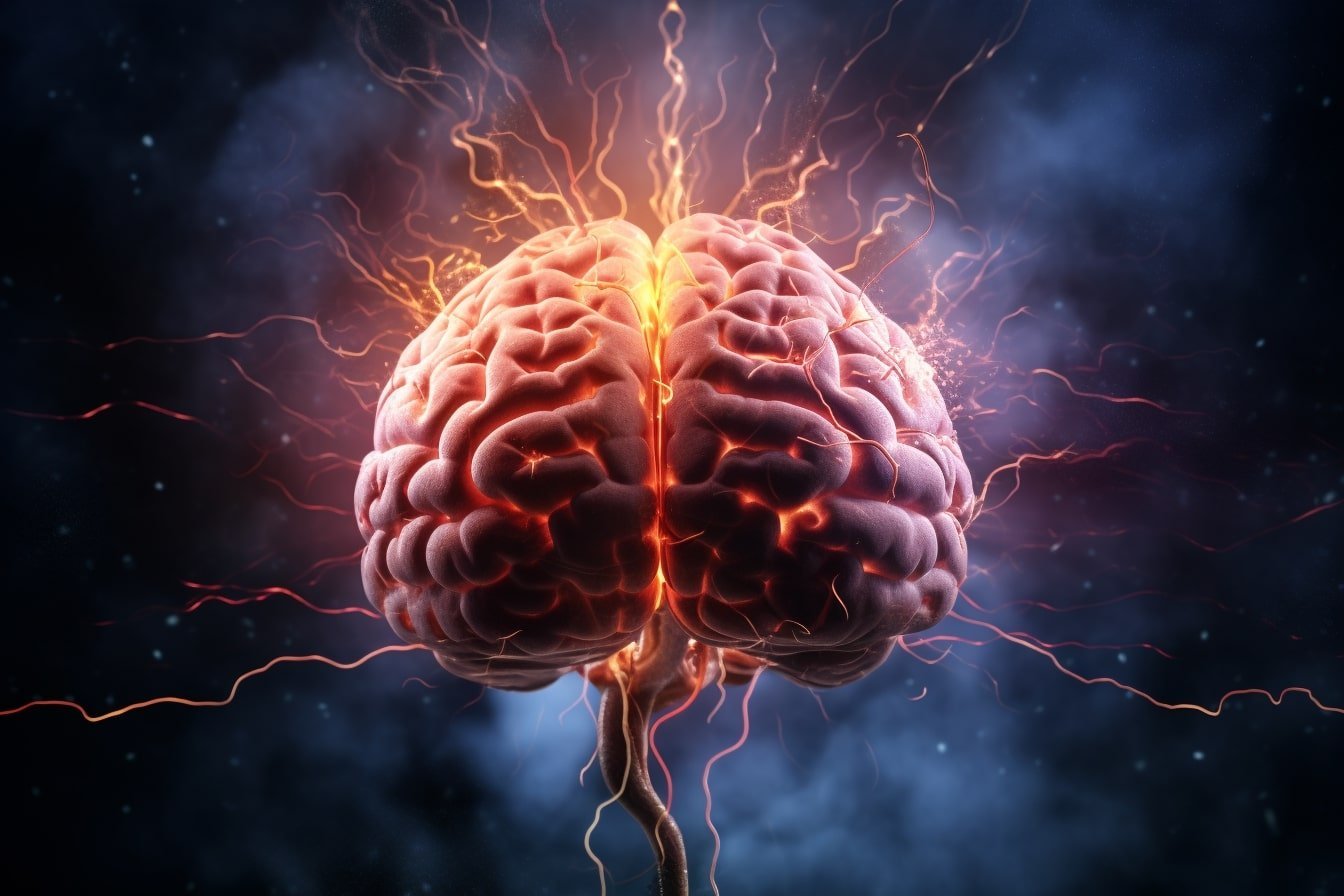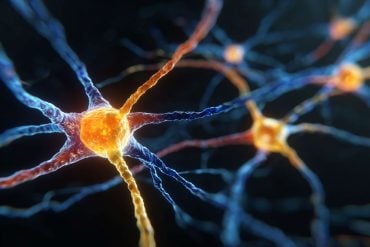Summary: Scientists unveiled a new brain circuit playing a crucial role in responding to infections or injuries. This circuit detects inflammation in the blood and plays a key role in regulating the immune system’s anti-inflammatory response.
The discovery of this circuit illustrates a powerful two-way connection between the brain and immune system, shedding light on how our bodies interact with microbes, fight off pathogens, and heal wounds.
Key Facts:
- The brain circuit, discovered by a multi-disciplinary team of neurobiologists and immunologists, regulates inflammation by monitoring levels and types of inflammatory hormones in the bloodstream.
- The scientists used advanced neuroscience techniques to observe the neurons involved in this circuit during inflammation, demonstrating that neural activity alone can significantly impact the development of immune responses during infection or injury.
- This discovery has wide-ranging implications for our understanding of neurobiology and immunology, including potential impacts on mood and neurodegenerative processes, as well as how the immune system benefits from the brain’s ability to predict and anticipate threats.
Source: Institut Pasteur
How does the brain adapt our behavior in response to an infection or injury? A multidisciplinary team of scientists from the Institut Pasteur, CNRS and Inserm have revealed the existence of a circuit involved in sensing and also in the regulation of the anti-inflammatory response orchestrated by different brain regions.
This circuit detects inflammation in the blood and organizes and regulates the immune response. It embodies a two-way connection between the brain and immune system.
The results were published on June 5, 2023 in the journal Neuron.

Whenever infections or injuries occur, the immune system is triggered to control the infection and repair damaged tissue. This process involves the release of pro-inflammatory mediators that inform the brain of the body’s immune status and coordinate the immune response.
In response to this signal, the brain triggers a complex reaction known as “sickness behavior” whose purpose is to reassign energy to the body’s different systems. This state is associated with behavioral changes including social avoidance and lethargy, metabolic adjustments such as fever and loss of appetite, and the release of hormones such as cortisone, to increase resistance to infection while also regulating immune responses.
In this study, a multidisciplinary group consisting of neurobiologists and immunologists from the Institut Pasteur, Inserm and the CNRS discovered a novel circuit used by the brain to measure inflammation levels in the blood and, in response to this, regulate inflammation.
A region of the brainstem known as the vagal complex directly detects levels and types of inflammatory hormones in the bloodstream.
This information is then relayed to neurons in another region of the brainstem called the parabrachial nucleus, which also receives information related to pain and certain aversive or traumatic memories.
In turn, these neurons activate neurons in the hypothalamus leading to a rapid increase in cortisone, a hormone with anti-inflammatory properties, in the blood.
The scientists used state-of-the-art neuroscience approaches to identify this circuit, which enabled them to individually observe the neurons involved during inflammation.
The experts observed how the activity of specific neurons in the parabrachial nucleus could regulate the production of white blood cells involved in the immune response.
“This research demonstrates that neural activity in the brain alone can have a powerful effect on the development of immune responses during infection or injury. It therefore provides a clear example of the powerful two-way connection between the body and brain.
“It also fuels our ambition to discover the impact of our brain on the way we interact with microbes, fight off pathogens and heal wounds,” explains Gérard Eberl, Head of the Institut Pasteur’s Microenvironment and Immunity Unit.
The discovery of this circuit opens up new opportunities for research that will jointly contribute to the fields of neurobiology and immunology: “This study gives us additional tools to better understand the impact of systemic inflammation on our brain, mood and on certain neurodegenerative processes,” adds Gabriel Lepousez, a neurobiologist in the Perception and Memory Unit (Institut Pasteur/CNRS).
Given the established role of the parabrachial nucleus in aversive memory processes, potential infectious threats could be averted if this circuit is reactivated by the memory of past inflammatory or aversive experiences.
Drawing on this neuro-immune communication, the immune system could therefore benefit from the brain’s ability to predict and anticipate threats in our environment.
Funding: This research was funded by the organizations cited above and also by AG2R-LA MONDIALE and MTRL.
About this neuroscience research news
Author: Rebeyrotte Myriam
Source: Institut Pasteur
Contact: Rebeyrotte Myriam – Institut Passteur
Image: The image is credited to Neuroscience News
Original Research: Closed access.
“The parabrachial nucleus elicits a vigorous corticosterone feedback response to the pro-inflammatory cytokine IL-1beta” by Gérard Eberl et al. Neuron
Abstract
The parabrachial nucleus elicits a vigorous corticosterone feedback response to the pro-inflammatory cytokine IL-1beta
Highlights
- IL-1β and TNF-α trigger vigorous corticosterone release in mice
- IL-1β recruits a parabrachial to the paraventricular hypothalamic nucleus circuit
- The vagal complex activates PB-to-PVN neurons to induce the corticosterone response
- Reactivation of IL-1β-activated parabrachial neurons induces immunosuppression
Summary
The central nervous system regulates systemic immune responses by integrating the physiological and behavioral constraints faced by an individual.
Corticosterone (CS), the release of which is controlled in the hypothalamus by the paraventricular nucleus (PVN), is a potent negative regulator of immune responses.
Using the mouse model, we report that the parabrachial nucleus (PB), an important hub linking interoceptive afferent information to autonomic and behavioral responses, also integrates the pro-inflammatory cytokine IL-1β signal to induce the CS response.
A subpopulation of PB neurons, directly projecting to the PVN and receiving inputs from the vagal complex (VC), responds to IL-1β to drive the CS response. Pharmacogenetic reactivation of these IL-1β-activated PB neurons is sufficient to induce CS-mediated systemic immunosuppression.
Our findings demonstrate an efficient brainstem-encoded modality for the central sensing of cytokines and the regulation of systemic immune responses.






